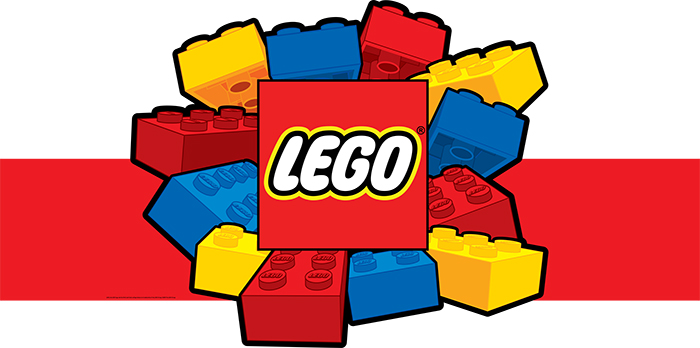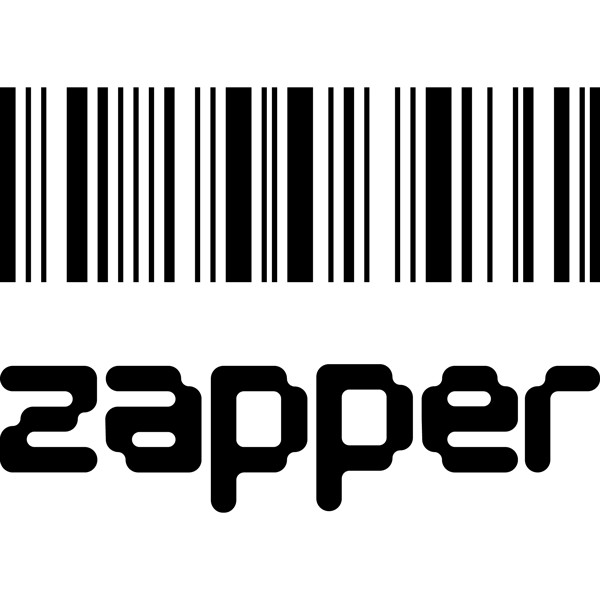Lego is undoubtedly one of the most, if not the most famous toy brand of all time. The plastic construction blocks came to be a global phenomenon and the Lego Group’s empire reigns ever-stronger. But how was Lego created and how did it become so popular?
Lego’s uses are far-reaching. Lego empowers kids to be the architects of the world in front of them. If you, like many of us, are a Lego enthusiast, let us tell you the history of the world’s most famous toy.

LEGO ® Origins
In 1932, Ole Kirk Christiansen began making wooden toys, stepladders, and ironing boards in a small workshop in Billund, Denmark. In 1934 Ole named the company LEGO, which was derived from the Danish phrase ‘LEg GOdt’ which means ‘play well’. The company did well in the local economy, growing from just a few employees, including 12-year-old-son Godtfred, to over 50 employees by 1948. The company was thriving, but at this stage no one could have predicted the company to take over the global toy industry.
Disaster Strikes: The Factory Fire
The LEGO Group was growing fast, with sales doubling from 1940 to 1942, mainly because German forces occupying Denmark banned all imports. This meant Danish goods became more popular, working in favour with Ole’s Danish company. However, in 1942 disaster struck – there was a devastating fire in the factory. The fire’s damages were so bad that Ole Kirk Kristiansen nearly gave up on the idea of rebuilding the LEGO factory , according to LEGO. It was only due to Vejle Bank’s goodwill in offering a loan that the company is here today.
The LEGO ® Brick Was Born
In 1947 LEGO purchased a plastic injection-molding machine. With this machine they were able to produce plastic toys to a much larger scale and variety. The creation of the ‘automatic binding bricks’ in 1949 was what came to be revolutionary in the LEGO journey. Four years later the binding bricks were renamed ‘LEGO bricks’. At this point the bricks were in their early stages of innovation. There were two vital iterations to the bricks that really improved the product. In 1957 the bricks were capable of interlocking and in 1958 they added stability to the brick structures with the ‘stud-and-coupling system’. Just after Ole Kirk Christiansen patented this vital innovation in 1958, he passed away. This meant that his son Godtfred assumed the position of Chief Executive Officer of the Danish company.
LEGO ® As We Know It
Following the creation of the LEGO bricks, the company grew from strength to strength. LEGO sets were released in 1964 which enabled customers to build certain models, with necessary parts and instructions included in the set. This was a hugely popular move as it enabled customers to ‘complete’ set by set, therefore encouraging repeat sales. To cater for younger children, LEGO Group released DUPLO in 1969, which were bigger and easier to play with.
By the 1970s, LEGO was an international product experiencing solid growth. In 1978 LEGO began selling themed sets, proving hugely popular. For example, famous themed sets are the 1978 LEGO Castle Set, the 1999 Star Wars LEGO Set, and the 2001 Harry Potter LEGO set. This enabled LEGO to partner with popular movies and therefore capitalise on popular culture. The company continues to partner with brands such as Star Wars, Minecraft and Disney, to name a few.
LEGO ® 85 Years On
In 2015, Brand Finance stated that LEGO had overtaken Ferrari as the world’s most powerful brand. The main reason for LEGO’s strong brand is them diversifying into products and services other than just toys. For example, the brand has its own theme park called LEGOLAND. The brand now releases feature films, such as 2014’s The Lego Movie.
If you have any unwanted LEGO bricks collecting dust at home, sell your LEGO to Zapper. Rather than make the process complicated, Zapper buys your LEGO by weight. It’s such a simple way to earn fast cash.

















